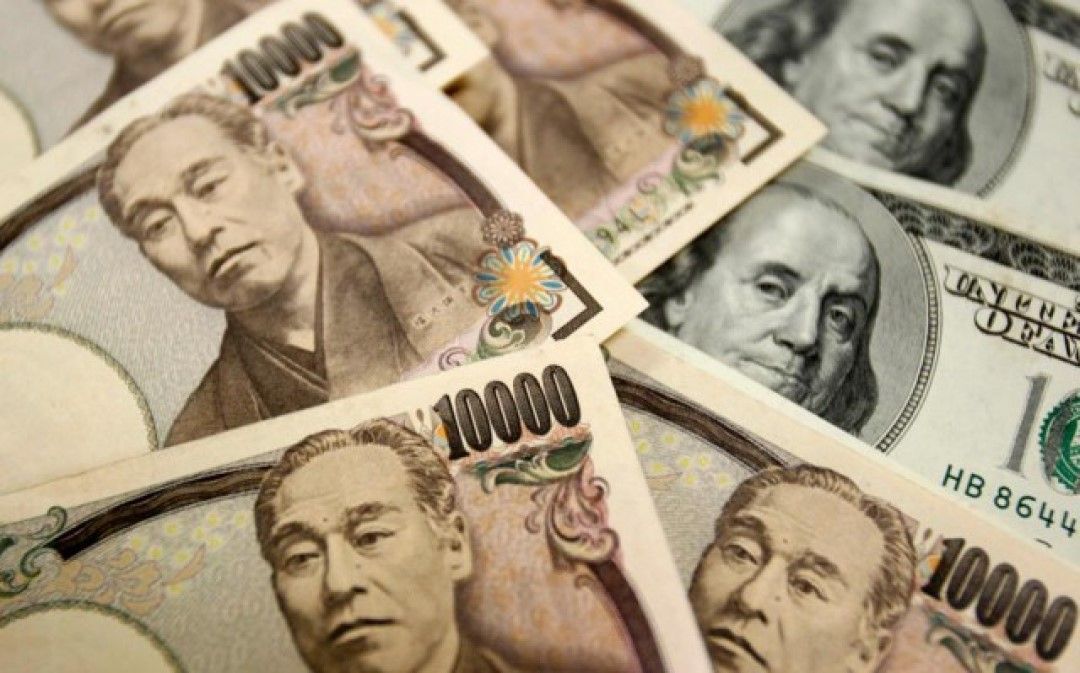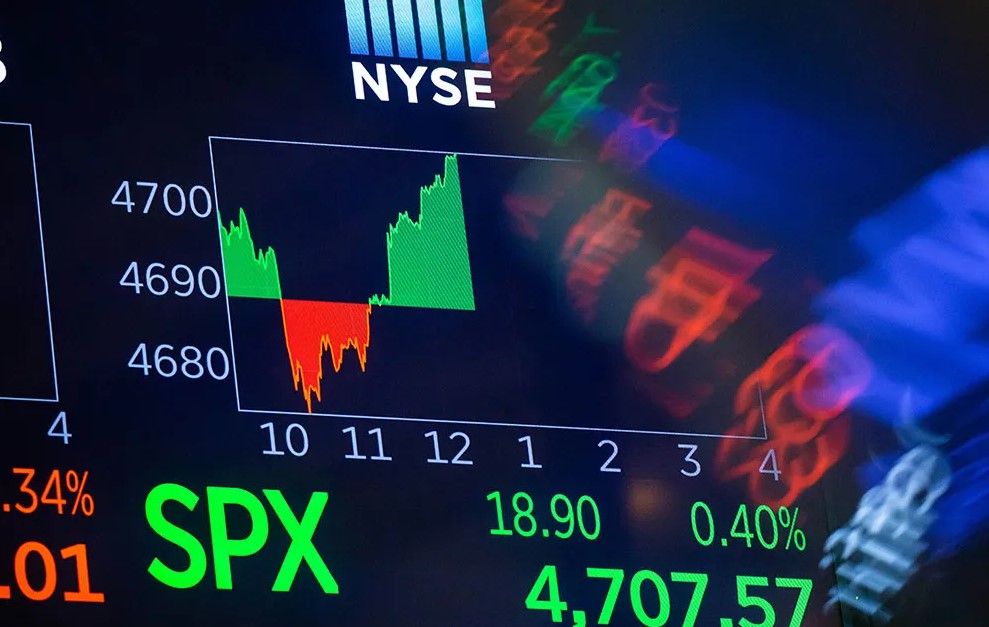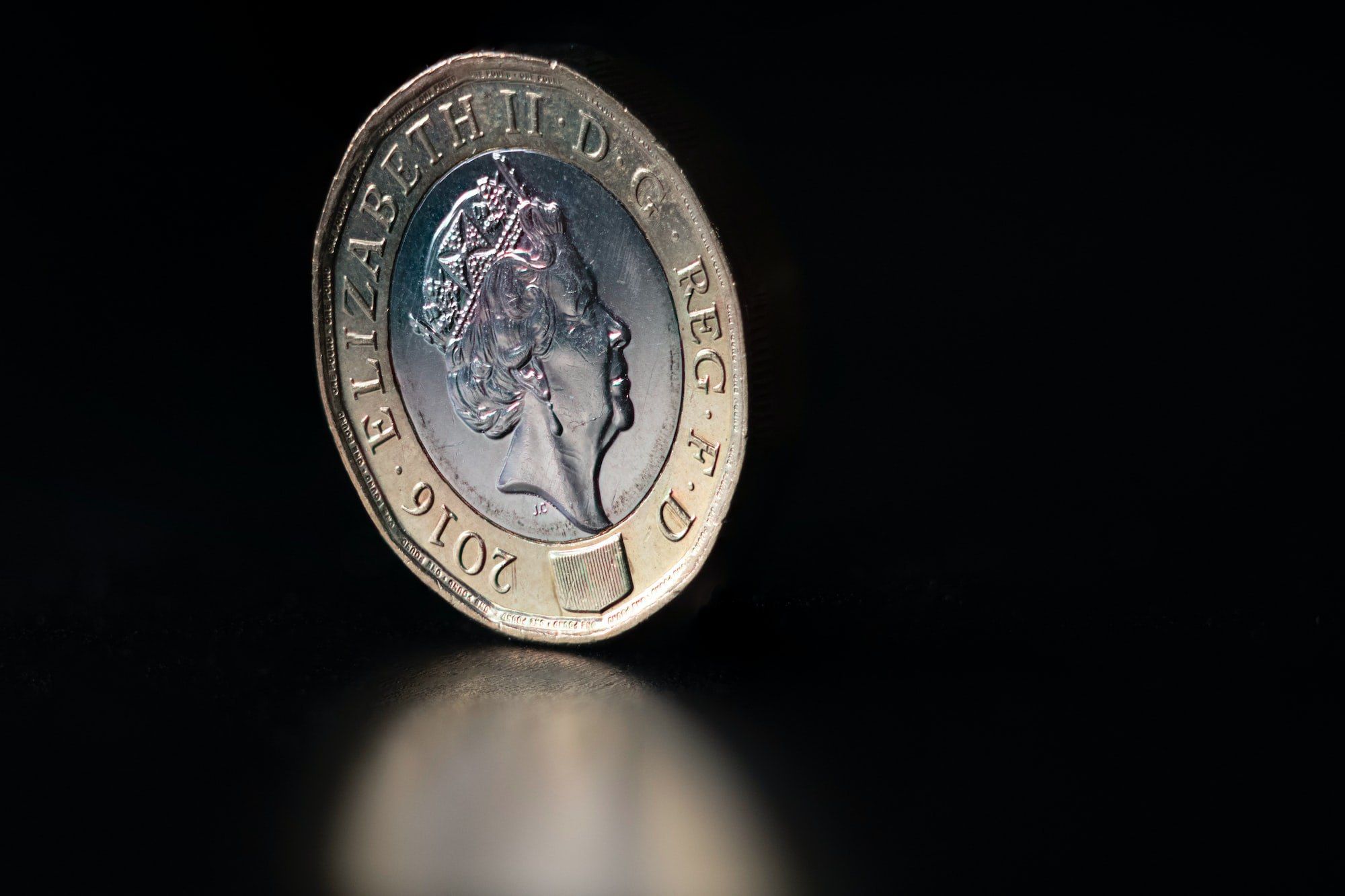FXOpen

Eight long years have passed since the Bank of Japan introduced its controversial yet pioneering attempt to encourage spending in what has become an ultra-conservative economy, which has experienced a sustained period of stagnation.
In 2016, Japan's central bankers decided to introduce negative interest rates, a term which refers to the maintaining of artificially low interest rates in order to encourage businesses and private individuals to borrow money and therefore spend, which would in turn increase the size of the Japanese economy and result in economic growth.
During that eight-year period, times have not been easy in Japan with regard to its national economic situation, and despite the country having not invoked any lockdowns or restrictions in the way that many Western nations did four years ago and a longstanding series of challenges faced the Japanese fiscal situation.
Over the course of time, Japan's demographics have changed, and it has the longest life expectancy in the world; therefore, a large proportion of retired people and a conservative younger generation have appeared to save money rather than spend or invest it.
Many analyses consider that the negative interest rate policy was invoked to encourage such people to withdraw their savings from bank accounts and either spend it or invest it in other areas, such as property or business ventures.
Just six months after the introduction of the policy in 2016, the Japanese economy had not grown, and in some reports there are opinions which state that Japan's authorities can now look back on 25 years of failed economic stimulus attempts.
That is a harsh criticism, however it appears that Japan's central bank has given up on the most recent one and in a landmark decision has today put an end to eight years of negative interest rates.
This means a return to standard market rates, and the result in the currency markets is noticeable.
The US dollar has made gains against the Japanese Yen during today's trading session, beginning with the Asian market.
The USDJPY pair is now trading at 150.424 Yen to the US Dollar, which puts it back at the high point it was at when March began.
During the course of March, the Yen gained ground against the US Dollar, but after hitting a low point at 146.753 on March 11, the US Dollar began to climb against the Yen once more, accelerating yesterday and then further today.
The Bank of Japan has made its first move since ending the negative interest rate policy and has set the short-term interest rate at between 0 and 0.1% in its first rate hike since 2007.
The move which originally sought to tackle the deflation across the Japanese market, which had manifested itself in falling prices, has now ended with a rate increase, albeit a rate increase to zero interest. Odd as it may seem, this is still considered an interest rate hike and therefore the overall monthly outlay for companies and individuals servicing existing loans will increase, as will wages.
Greater volatility in an already volatile Yen is indeed back.
Trade over 50 forex markets 24 hours a day with FXOpen. Take advantage of low commissions, deep liquidity, and spreads from 0.0 pips. Open your FXOpen account now or learn more about trading forex with FXOpen.
This article represents the opinion of the Companies operating under the FXOpen brand only. It is not to be construed as an offer, solicitation, or recommendation with respect to products and services provided by the Companies operating under the FXOpen brand, nor is it to be considered financial advice.






